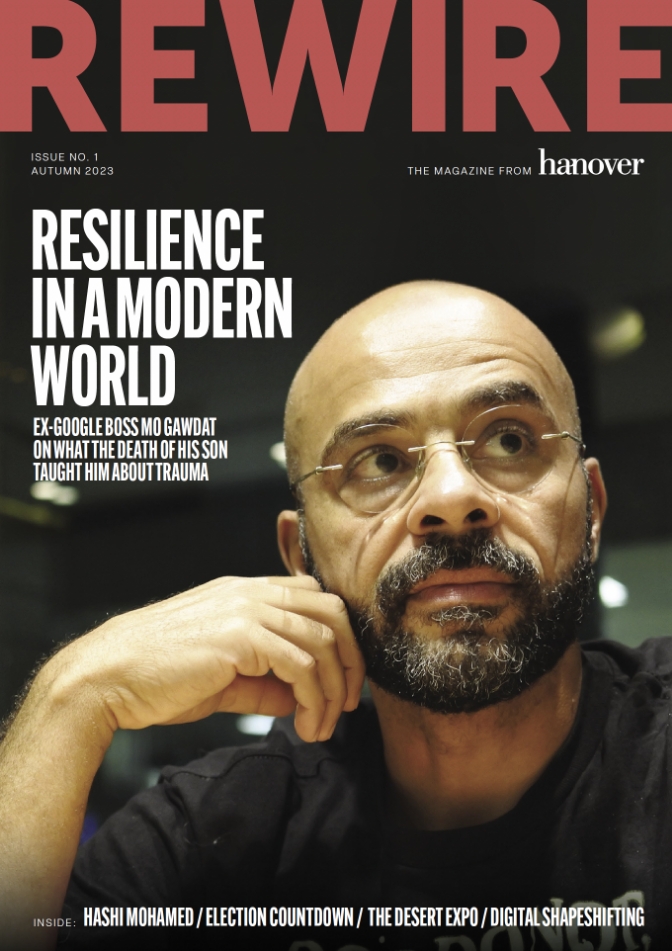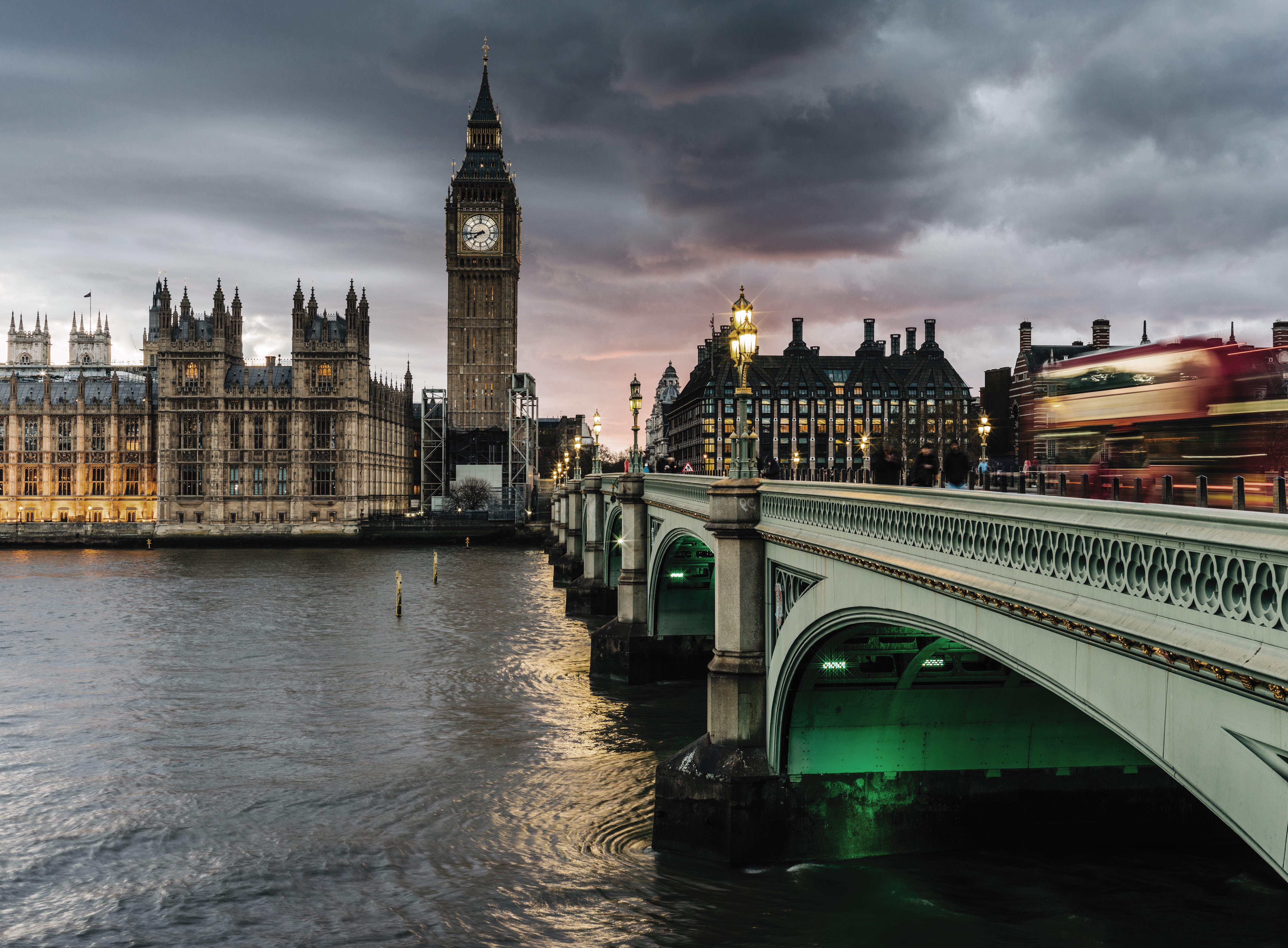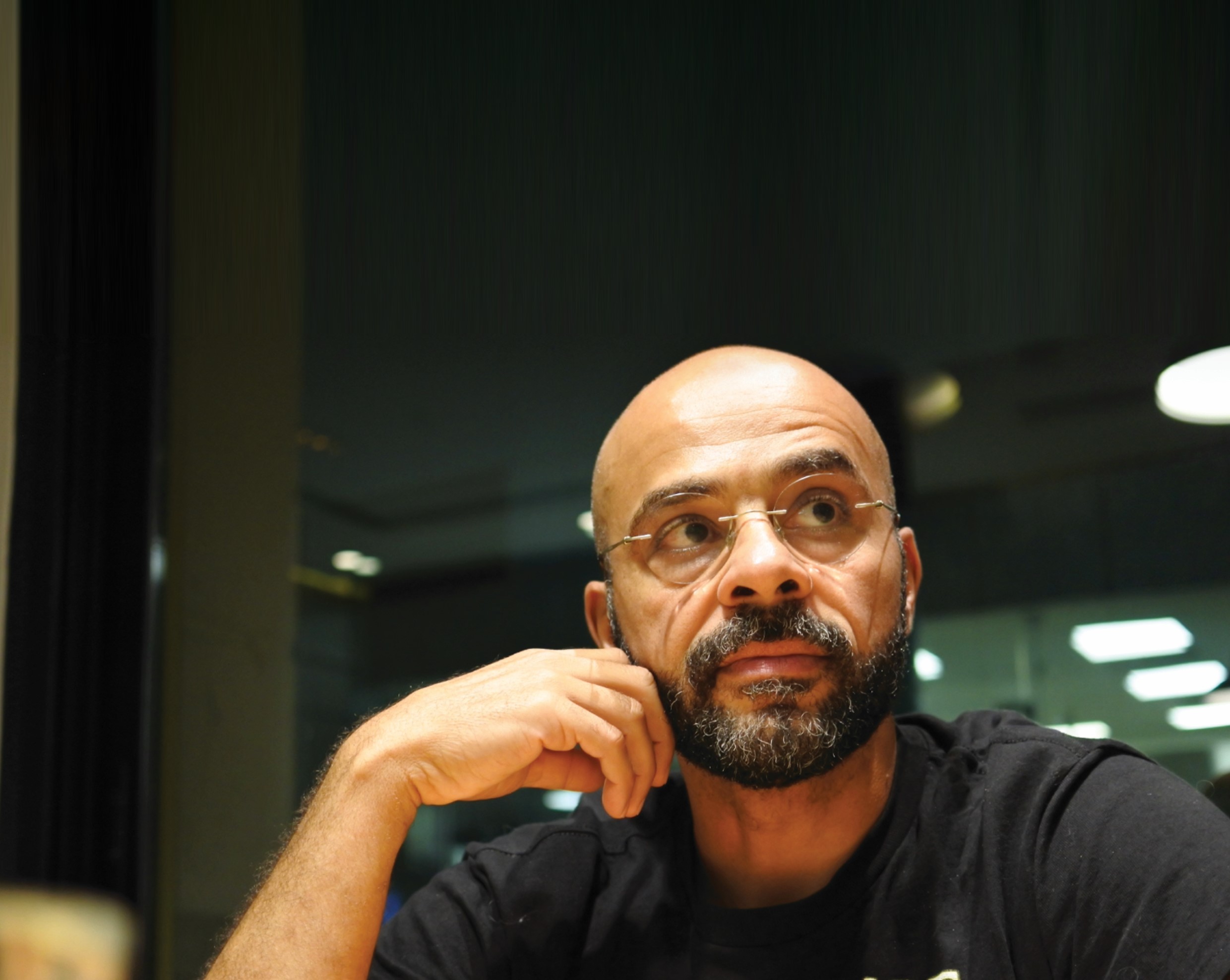The Age of Resilience
THE STEWARDS OF REPUTATION ARE FACING ENORMOUS DISRUPTION.
Just three per cent of institutional reputation leaders surveyed as part of Hanover’s most recent Rewire Panel believe they have been able to execute their plans over the last year without disruption.
There are various factors behind this. We live in tumultuous times – energy, climate and the wider economic picture each has the ability to pull the tablecloth from under the best laid plans. Most organisations are dealing with all three.
More is expected of business, too. The public, losing confidence in traditional institutions and doubting political leadership, wants business to lead on societal issues.
Many businesses embrace this responsibility, but then must navigate the complication that the public is polarised on almost all of the issues, yet expects a clear position from business.
There are a number of considerations for reputation experts to reflect on.
First, attuned as they are to the pitfalls – and opportunities – outlined above, it becomes a crucial part of their role to serve as the canary in the mine for the rest of the organisation. It is telling, when reviewing our latest panel results, that communicators were generally more pessimistic than chief executives in the organisation’s preparedness to withstand disruption.
Chief executives rated their confidence at 6.8/10, communicators at 4.5. Doubtless this in part reflects the contrasting natural dispositions of CEOs and reputation counsellors – at the same time it also points to reputation specialists’ awareness of the potential for disruption.
To paraphrase Mike Tyson, the CEOs are confident in their plan, the communicators are wondering what happens when the organisation is punched in the face. The Mike Tyson question is the essence of the resilience issue.
Second, if we accept that creating a reputation or communications plan for your organisation is actually the easy bit, and the bigger challenge is understanding how to foresee and navigate disruption, then communicators need to reflect this in how they set up their own teams and priorities.
Put simply this means more emphasis on horizon scanning, data and analytics, scenario planning and issues planning and preparedness. It means ensuring you have the capability to deliver digital content at the same pace at which you can deliver a statement to media. It means fully understanding the networks across media, politics and consumer that have the genuine potential to impact your reputation or ability to operate, and tailoring your communications accordingly – and constantly.
Fundamentally, it is ensuring that the organisation understands that it is not the only player on the pitch in the game that defines its reputation – and so real-time insight and engagement is necessary.
Third, organisations need to consider how often reputational issues – positive and negative – are born from within. The communicator’s job is made far easier if they can test their insights and data with a diverse group of thinkers; diversity embeds resilience within an organisation. On top of all the other benefits it brings, diversity is a tool of crisis preparedness.
We used to consider how organisations could avoid disruption. Today we take disruption as a given. Resilience therefore becomes a driver of reputational, and business, success. The role of the communicator in this is crucial





